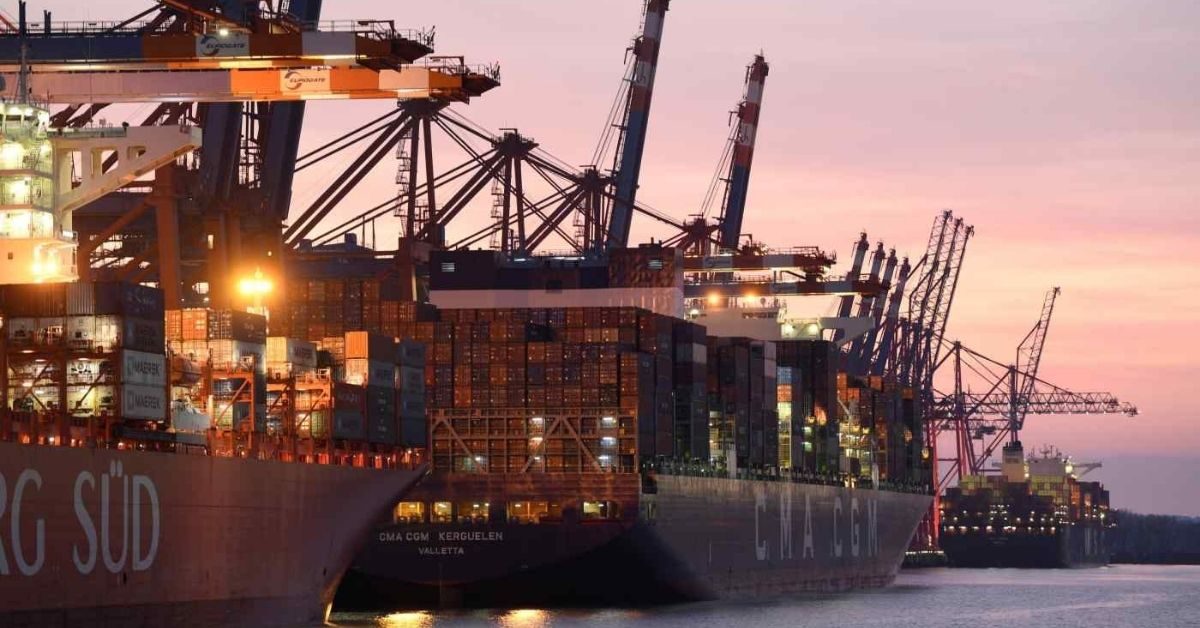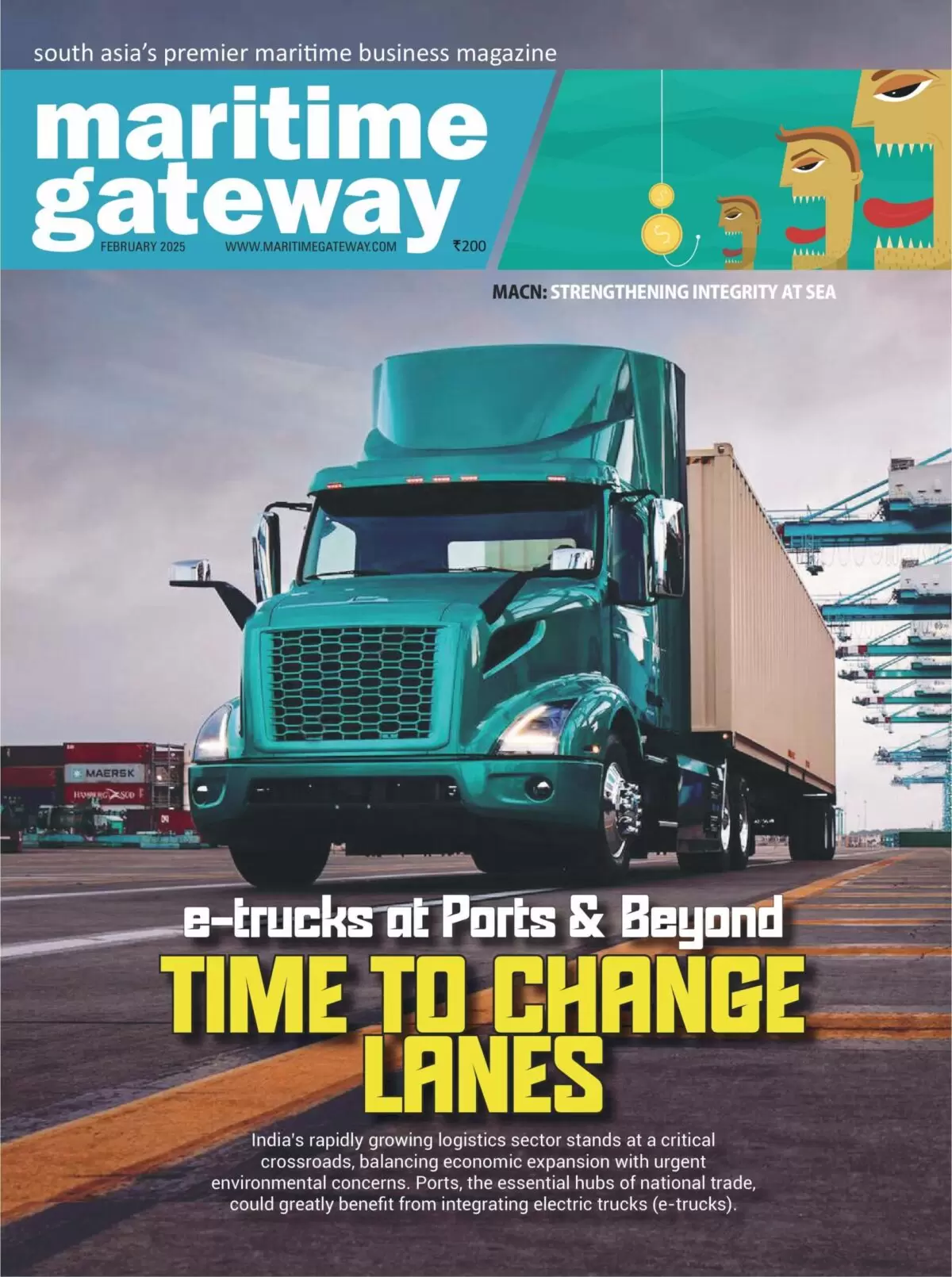Asian shippers are braced for massive congestion in Europe’s key cargo gateways following the reopening of the Suez Canal, adding to the delays that the coronavirus has already caused for trade between Asia and the West.
Hundreds of container ships were left waiting when the Ever Given ran aground and blocked the key trade route for six days.
Those bound for Europe are now set to arrive all at once this week, to be followed several days later by vessels that avoided the Suez logjam by sailing around Africa’s Cape of Good Hope.
Approximately 80% of all goods imported by Europe reach the continent by ship, and most of them come in containers from Asia through the Suez. The 400-meter long Ever Given became stuck on March 23 on its way to Rotterdam from Malaysia’s Tanjung Pelapas. The ship was eventually freed by a flotilla of tugboats on March 29, allowing passage to resume.
The disruptions caused by the Ever Given hit the logistics sector at a time when more than half of global vessel traffic is running later than scheduled, owing to knock-on effects of manpower shortages caused by coronavirus lockdowns that began in early 2020.
“Logistics had been out of order even before the Ever Given logjam, and the looming container congestions in European ports will greatly complicate the bookings for export containers that head back to Asia,” said Lothar Thoma, managing director air & sea at Gebrueder Weiss, an Austria-based logistics company that has 19 branches in China.
“Adding to this dilemma, many millions of Americans will get their $1,400 coronavirus aid checks soon, which will lead to sharply increased demand for Asian consumer goods in the U.S., and, in turn, to increased competing demand for containers on the Asia-North America route,” he added, referring to Washington’s recently passed economic stimulus package.
Thoma also said Asian countries’ decisions to extend quarantine measures until the fourth quarter of this year rules out the possibility of an increase in passenger flights creating greater air cargo capacity.
So-called New Silk Road trains, freight that travels by rail from China to Europe, meanwhile, are filled with COVID-19 test kits, masks and other medical gear, he said.
Extremely limited air traffic capacity and already-filled New Silk Road trains are unlikely to come to the logistics sector’s rescue — a notion confirmed by Nexxiot, a company that places real-time tracking devices on containers so as to enable its customers to navigate bottlenecks with last-minute adjustments.
“We take it that things will not get back to normal before the Chinese New Year holiday in 2022,” Thoma said.
That means next February.
“In terms of shipping prices, the pre-logjam level of $7,500 per 40-foot-container for the Asia-Europe route may rise to the neighborhood of $10,000 once the U.S.’s COVID-19 cash handout program kicks in,” he added.
The Federation of German Industries warned that the Ever Given mishap will hurt industrial sectors that rely heavily on “just-in-time” production, most notably the auto sector. GermanFashion, the country’s clothing-makers’ association, told Nikkei that the fall-winter collection may leave Asian ports later than planned, which adds to the headaches already hitting retailers, a sector that has been among the main economic losers amid the pandemic.
Ports across Europe confirm that preparations for the arrival of the container wave have kicked into high gear. In Germany’s largest port, Hamburg, container-handler Hamburger Hafen und Logistik is in the process of renting an additional 100,000 sq. meters to store containers. Trucks bringing in containers loaded with goods for export have been instructed to not arrive earlier than 48 hours before the exporting vessel’s arrival.
Similarly, PSA, the largest container handler in the Port of Antwerp, in Belgium, has set up a seven-day time frame in which containers bound for the Middle and Far East can be accepted at terminals. This shows a desire to keep the number of containers at the port low and to avoid creating more bottlenecks.
The Port of Piraeus, in Greece, which is majority owned by China COSCO Shipping Corp., has started handling cargo around the clock and will do so for as long as necessary, its operator says.
“Therefore, the port congestion in Piraeus will not affect the freight flows and will not create temporary shortages of raw materials, consumer goods and other imported products for industry and trade in the South East Med area,” said Vassilis Korkidis, president of Piraeus Chamber of Commerce and Industry.
Shippers in Asia, meanwhile, are worried that the European logjam will disrupt the flow of containers being returned from Western ports.
Li Jianhui, head of strategy and operation at China Merchants Port Holdings, told reporters on Tuesday that he is wary of the “substantial quantity of containers being concentrated in ports in Europe.”
Li gave a rough estimate that out of 3.5 containers being shipped from China to Europe and America, “only one will return.”
Source : Asia Nikkei






